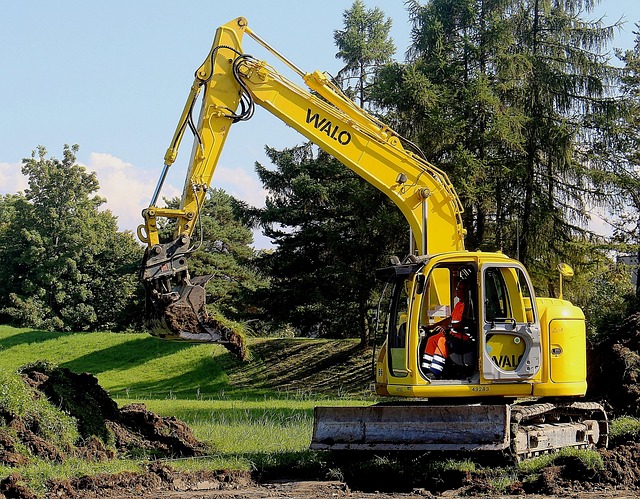Lawncare services help maintain healthy, attractive outdoor spaces by providing routine maintenance like mowing, fertilizing, and weed control. They save time while ensuring the lawn stays well-groomed and properly cared for throughout the year.
Many homeowners and businesses rely on professional lawncare to address specific needs such as pest control and irrigation management. These services adapt to different climates and grass types, offering tailored solutions that promote long-term lawn health.
Choosing the right lawncare service means understanding the options available and the benefits each provides. This article explores key aspects of lawncare and what to expect when hiring professionals.
Comprehensive Lawncare Services
A healthy lawn requires attention to several key aspects including proper cutting, nutrition, and protection from unwanted plants and pests. Each element must be managed carefully to maintain a vibrant and resilient yard.
Routine Mowing and Edging
Routine mowing keeps grass at the ideal height, generally between 2.5 and 3.5 inches depending on the grass type. This height promotes root growth while preventing weeds and disease. Mowing schedules typically occur weekly during the growing season to avoid stressing the lawn.
Edging defines lawn borders around driveways, walkways, and flower beds. It enhances curb appeal and prevents grass from spreading into unwanted areas. Precision tools are used to achieve clean lines and maintain shape.
Regular debris removal during mowing prevents thatch buildup. Proper blade sharpness is critical for clean cuts, reducing the risk of lawn damage or disease.
Fertilization and Lawn Treatments
Fertilization provides essential nutrients like nitrogen, phosphorus, and potassium to support strong growth. A balanced, seasonally appropriate fertilizer schedule ensures the lawn gains strength without promoting excess growth.
Lawn treatments can include aeration to relieve soil compaction, overseeding to fill bare spots, and pH adjustment with lime or sulfur. These practices promote healthy root systems and better water absorption.
Specialized treatments may target specific lawn types or soil conditions. Accurate soil testing guides nutrient application to avoid over-fertilization or nutrient deficiencies.
Weed and Pest Control
Weeds compete with grass for nutrients, water, and light, weakening the lawn. Targeted herbicides distinguish between broadleaf and grassy weeds for effective removal without harming desirable grass.
Integrated Pest Management (IPM) approaches combine cultural, biological, and chemical methods to manage pests. Identifying pests accurately enables the use of precise treatment, reducing chemical use.
Common pests include grubs, chinch bugs, and armyworms. Monitoring and early intervention prevent substantial lawn damage. Treatments often use systemic insecticides or natural predators when appropriate.
Specialized Solutions for Healthy Lawns
Proper lawn care involves targeted treatments to address specific issues such as soil compaction, grass density, and seasonal debris. Implementing these practices improves root growth, nutrient absorption, and overall lawn appearance.
Aeration and Dethatching
Aeration alleviates soil compaction by creating small holes that allow oxygen, water, and nutrients to penetrate deep into the root zone. This process encourages stronger root systems and better grass health.
Dethatching removes the layer of dead organic material, or thatch, that can prevent water and nutrients from reaching the soil. Excessive thatch promotes disease and insect problems, so timely removal is important.
Both services improve the lawn’s ability to absorb inputs and increase resilience during dry spells or heavy foot traffic. Professionals select appropriate equipment depending on lawn size and type.
Seeding and Sod Installation
Seeding involves spreading grass seed to fill bare spots or increase turf density. It is a cost-effective way to revitalize thinning lawns but requires proper soil preparation and watering to ensure germination.
Sod installation provides an immediate green lawn by laying down pre-grown grass mats. It demands less time to establish but requires skilled handling for root integration and soil contact.
Choosing the right grass variety for the local climate and soil conditions is critical. Timing seeding or sod installation in the growing season maximizes success rates.
Seasonal Cleanup and Maintenance
Seasonal cleanup removes leaves, branches, and other debris that accumulate and can suffocate grass over time. This step helps prevent fungal diseases and pest infestations.
Maintenance includes targeted fertilization, weed control, and monitoring moisture levels. Adjusting treatments to seasonal changes ensures steady growth and reduces stress on the lawn.
Regular cleanup and maintenance create a healthier environment for grass to thrive and extend the lifespan of other lawncare investments.
